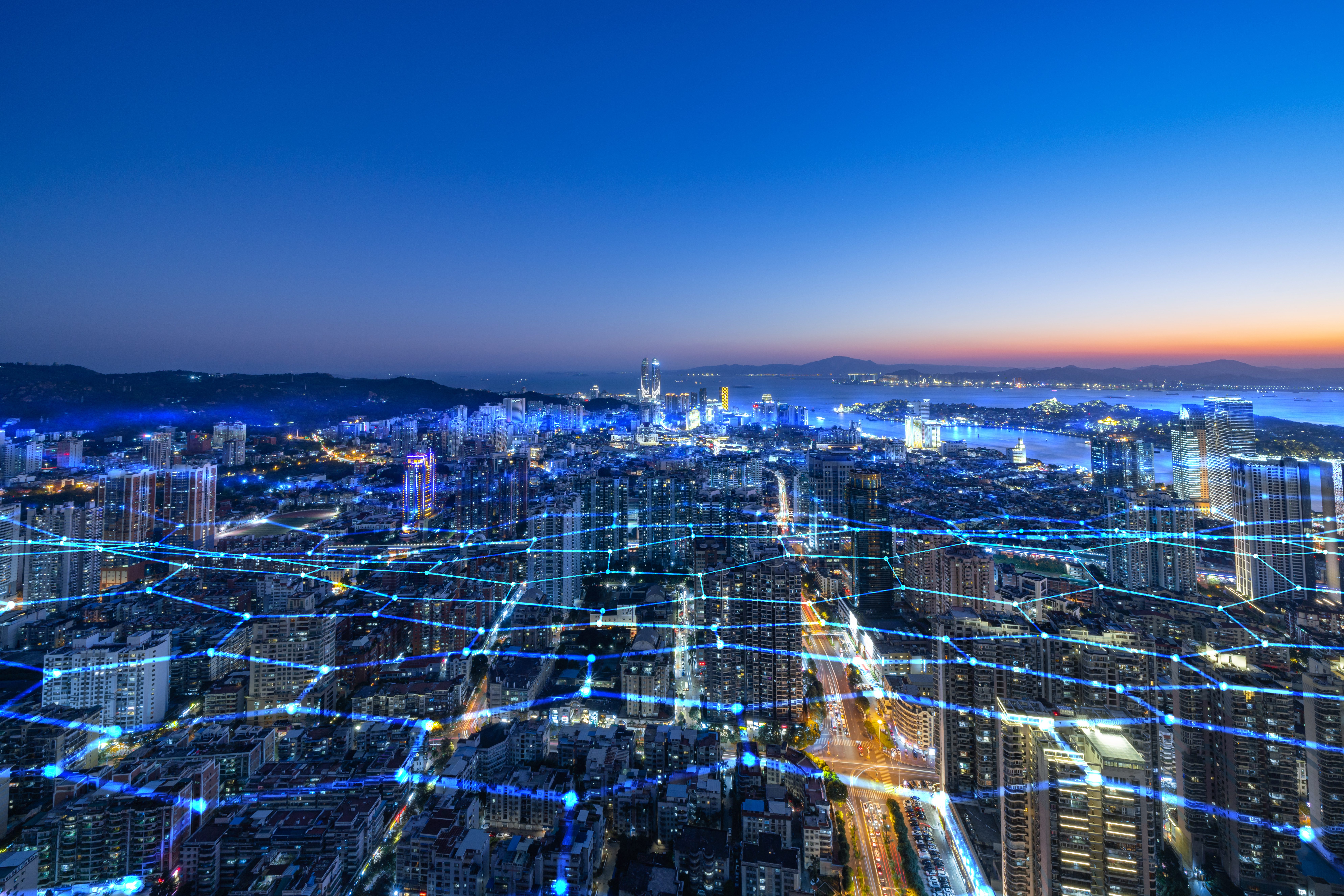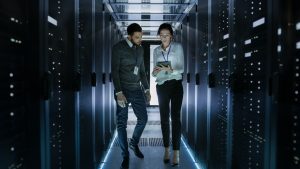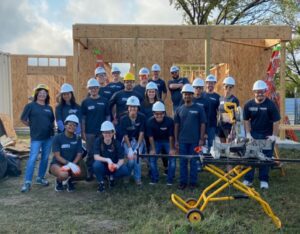This audio was created using Microsoft Azure Speech Services
Electrical distribution can be easily overlooked in daily life. It’s out of sight and mind – electrical equipment is concealed within unassuming metal boxes and substations, while transmission lines run under our streets or are suspended above them. It can be easy to forget that distribution is a crucial element of our electrified world, a fact we are reminded of when the lights go out, or something goes wrong.

Like the myriad of tiny blood vessels in the body that deliver oxygen and nutrients to vital organs, electrical distribution occurs across a network of electrical products and solutions that connect energy producers and grids with energy consumers and prosumers, who can generate their energy. It works without most of us having to think about it.
This network is undergoing a transition, however. Traditionally, power production and distribution have been centralized, with significant power stations sharing power via grids. But the way that electricity is generated and consumed is becoming increasingly decentralized and software-driven, drawing on customer-sited resources like rooftop solar panels and battery-based energy storage. These changes are being driven primarily to meet the variety of challenges we face in our attempts to achieve a sustainable future.
Find the spark
While we might recognize that bidirectional, decentralized energy grids are the secret to powering our future, we are still in the early days of understanding just what’s needed to deliver them. Doing so likely will mean challenging the status quo, forging new partnerships, and drawing from the things that inspire us most.
I find that connecting with nature reminds me of the importance of creating more sustainable ways of generating and distributing energy. For example, in particular, outdoor activities like skiing or biking bring us together in natural environments, perhaps even giving us the drive to create solutions that safeguard our precious planet.
Wherever we find the motivation to change the world for the better, we must channel it into the areas most instrumental in the ongoing energy transition. To decentralize the electrical distribution sector, we will need microgrids that leverage hybrid AC/DC innovation, improvements to energy storage to empower prosumers to generate electricity of their own, and digital transformation powered by IoT-enablement within our infrastructure.
Break down the AC/DC divide with hybrid innovation
Hybrid AC/DC microgrids do away with the century-old battle of the currents, harnessing the best of alternating and direct current solutions to power the homes, offices, data centers, and electric vehicles of the future. Since solar photovoltaic applications generate electricity in DC form, we will see rapid growth in DC technologies that leverage renewables to power decentralized distribution systems.
To get there, electricians and engineers will need to acquire new tools and skillsets to future-proof electrical distribution. It is no longer a question of AC or DC, but rather how we can best use both currents in synergy – an energy system may use AC current supplied by a wind farm or even one of the new micro nuclear reactors, while also employing DC solutions to efficiently generate and consume solar energy within local communities and commercial buildings. We also shouldn’t forget about the expected rise in DC loads – with anything that works off battery-electric cars, bikes, our laptops all natively consuming DC.
This combination of AC and DC is one area where industry professionals’ shared expertise and innovation will be critical to spearheading our transition towards a sustainable future.
Turn energy consumers into prosumers with storage solutions
Energy storage is another crucial piece of this puzzle. Think about all those EVs around that are just big batteries on wheels. As prosumers generate more renewable energy in decentralized networks, efficiently storing that energy for future use or to be shared with peers via microgrids will be crucial. Since there will inevitably be peaks and troughs in both energy demand and the generation of renewables – for example, based on the amount of sunlight available at different times of day – we need batteries with the capacity to store the electricity generated at peak times for use at times where less is readily available.
Suppose we focus our innovative spark on improving storage solutions, increasing their capacity and efficiency. In that case, we can empower a new generation of prosumers to take control of their energy generation and consumption and actively contribute to their wider local energy networks using the latest in decentralized electricity distribution technologies.
IoT enablement can connect the dots
While hybrid current and storage innovation will make our electrical distribution sector more efficient and decentralized, internet-of-things (IoT) solutions will allow us to make our infrastructure more intelligent and flexible. By introducing open IoT-enabled architecture and new wireless hardware, we can create digitized electrical distribution systems that are more resilient and sustainable.
The benefits of IoT-enablement for businesses, consumers, and, crucially, the planet cannot be overstated. The ability to leverage IoT data to optimize processes means that systems can be run more efficiently while reducing downtime due to device-led outages – something costly or even dangerous. By pioneering innovation in IoT, we can create more connected and reliable electrical distribution networks.
Innovation will ignite smart electrification
There is a range of energy distribution solutions that we can use to achieve a more sustainable future powered by smart and clean electricity. But to get there, it will take all of our energy and ingenuity. We need to come together and find better ways to create and share energy, having the conversations and interactions required to find that spark of innovation that will change the way we power our increasingly digital and electrified world for the better.



